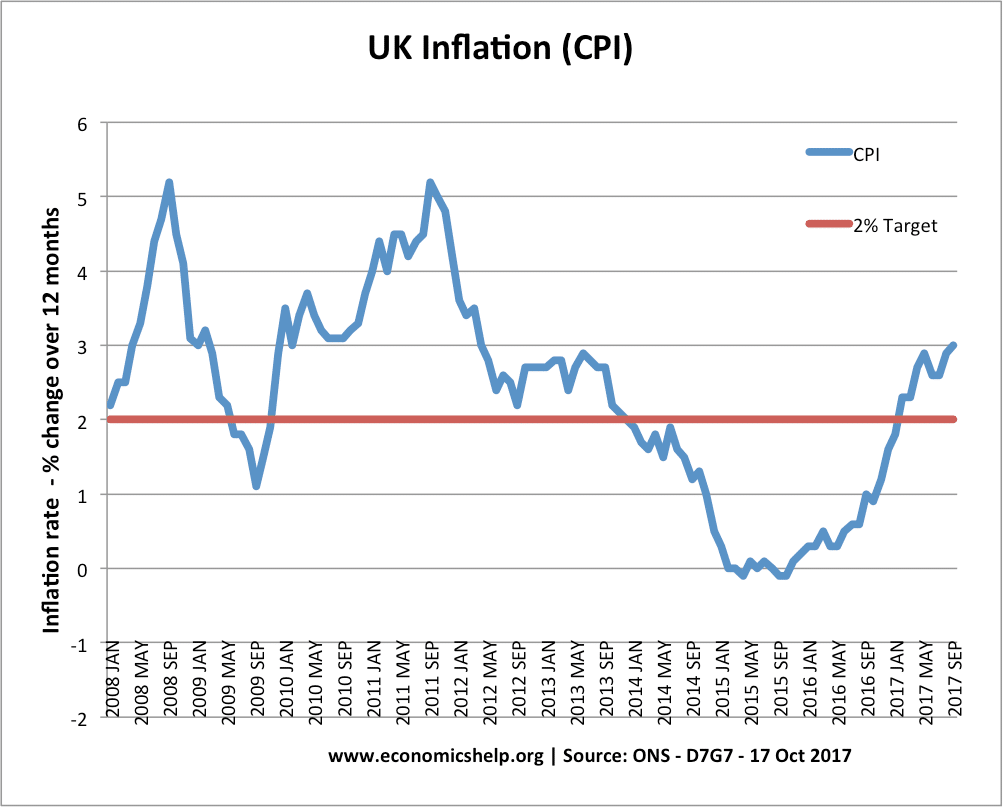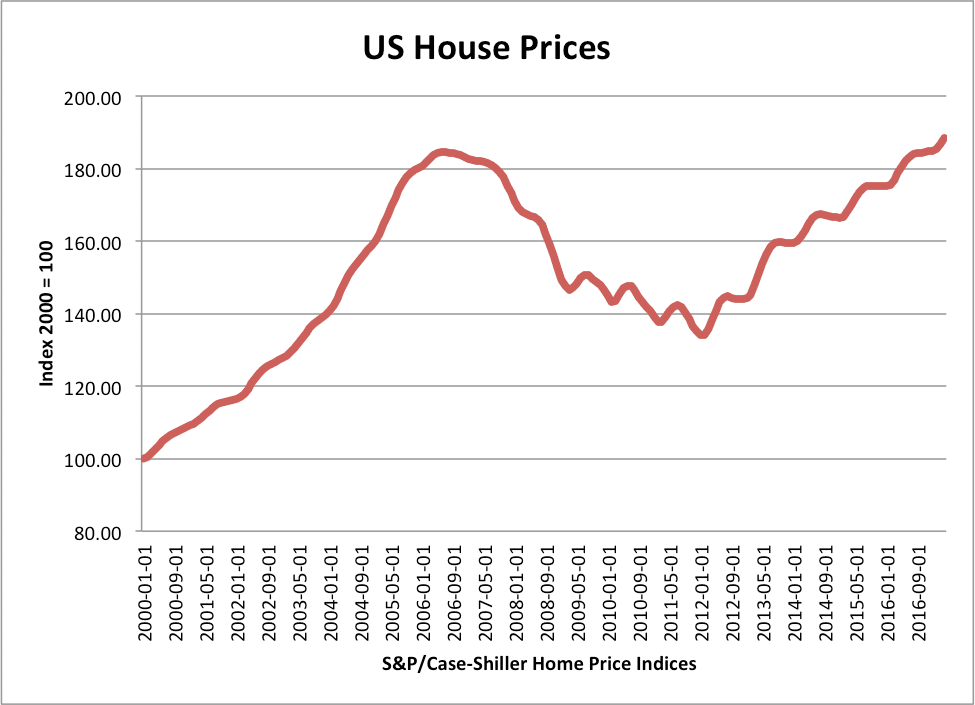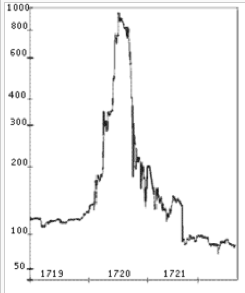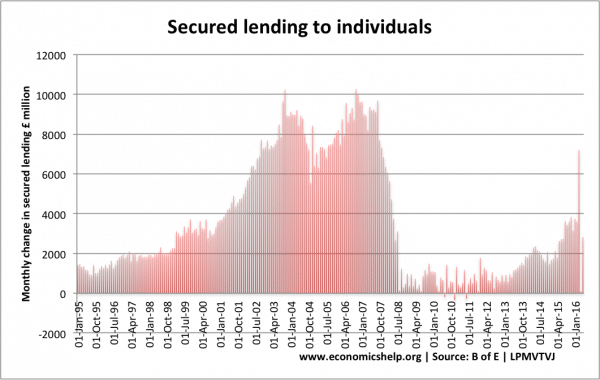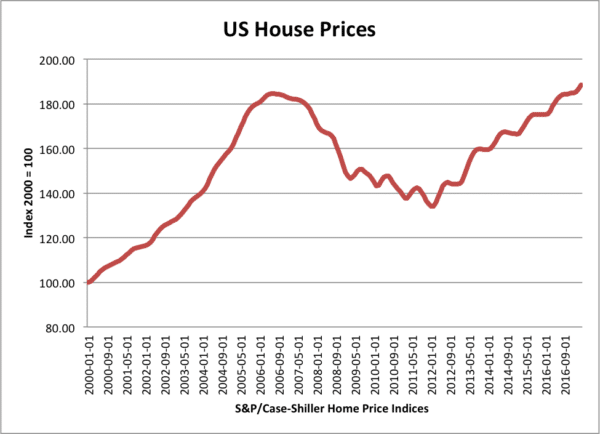Definition of Credit Default Swap – CDS are a financial instrument for swapping the risk of debt default. Credit default swaps may be used for emerging market bonds, mortgage-backed securities, corporate bonds and local government bond
- The buyer of a credit default swap pays a premium for effectively insuring against a debt default. He receives a lump sum payment if the debt instrument defaults.
- The seller of a credit default swap receives monthly payments from the buyer. If the debt instrument defaults they have to pay the agreed amount to the buyer of the credit default swap.
Example of Credit Default Swap
- An investment trust owns £1 million corporate bond issued by a private housing firm.
- If there is a risk the private housing firm may default on repayments, the investment trust may buy a CDS from a hedge fund. The CDS is worth £1 million.
- The investment trust will pay interest on this credit default swap of say 3%. This could involve payments of £30,000 a year for the duration of the contract.
- If the private housing firm doesn’t default. The hedge fund gains the interest from the investment bank and pays nothing out. It is simple profit.
- If the private housing firm does default, then the hedge fund has to pay compensation to the investment bank of £1 million – the value of the credit default swap.
- Therefore the hedge fund takes on a larger risk and could end up paying £1million
The higher the perceived risk of the bond, the higher the interest rate the hedge fund will require.
Example of Credit Default Swap
- Example, suppose that Lloyds TSB has lent money to riskymortgage.co.uk in the form of a £1,000 bond.
- Lloyds TSB may then purchase a credit default swap from another company e.g. a Hedge Fund.
- If the firm (Riskymortgage.co.uk) default on the loan, then the hedge fund will pay Lloyds TSB the value of the loan.
- Thus Lloyds TSB has insurance against loan default. The hedge fund has the opportunity to make a profit, so long as the firm does not default on the loan.
- The riskier the loan, the higher will be the premium required on buying a credit default swap.
Why Would People Buy Credit Default Swaps?
1. Hedge against risk. Suppose an investment fund owned mortgage bonds from riskymortgage.co.uk. It might be worried about losing all its investment. Therefore, to hedge against the risk of default, they could purchase a credit default swap from Lloyds TSB. If riskymortgage.co.uk defaulted, they will lose their investment, but receive a pay-off from Lloyds to compensate. If they don’t default, they have paid a premium to Lloyds but have had security.
2. Speculation e.g. risk is underpriced.
Suppose a hedge fund felt risky mortgage was very likely to default because of a rise in home repossessions. They would buy a credit default swap. If the debt defaulted, then they would make a profit from Lloyds TSB. Note you don’t have to actually own debt to take a credit default swap.
The riskier a bond is the higher premium will be required from a buyer of a credit default swap. It is argued that credit default swaps provide an important role in indicating the riskiness/creditworthiness of a firm.
3. Arbitrage
If a company’s financial position improves, the credit rating should also improve and therefore, the CDS spread should fall to reflect improved rating. This makes CDS more attractive to sell CDS protection. If the company position deteriorated, CDS protection would be more attractive to buy. Arbitrage could occur when dealers exploit any slowness of the market to respond to signals.

